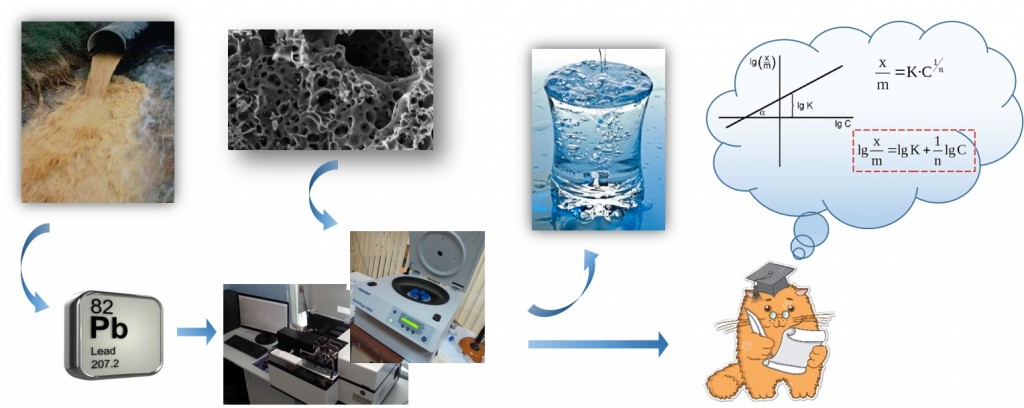NANOSYSTEMS: PHYSICS, CHEMISTRY, MATHEMATICS, 2018, 9 (1), P. 114–116
An equilibrium study of the liquid-phase sorption of Lead (II) ions on nanoporous carbon materials
A. E. Kucherova – Tambov State Technical University Tambov, Russia; Anastasia.90k@mail.ru
I.V. Burakova – Tambov State Technical University Tambov, Russia; iris_tamb68@mail.ru
A. E. Burakov – Tambov State Technical University Tambov, Russia; malex1983@yandex.ru
E.V. Galunin – Tambov State Technical University Tambov, Russia; evgeny.galunin@gmail.com
A.V. Babkin – Tambov State Technical University Tambov, Russia; flex_trol@mail.ru
E. A. Neskoromnaya – Tambov State Technical University Tambov, Russia; lenok.n1992@mail.ru
The present paper describes the adsorption of lead (II) ions on conventional and nanoporous materials. Equilibrium studies were performed by implementing the empirical Freundlich and Langmuir isotherm models. It was found that all the isotherms constructed on the basis of experimental results fitted well to those models, thereby indicating the efficiency of the nanoporous materials as adsorbents of heavy metals. The experimental lead (II) maximum adsorption capacity of the materials under study – CNTs “TaunitM”, highly porous carbon, CNTs “Taunit”, BAU-An activated carbon, and bentonite clay – was found to be 23, 14, 13, 10, and 7 mg•g-1, respectively. Due to the high sorption characteristics and unique physical and chemical properties of these materials, the adsorption technologies developed herein may act as good sustainable options for heavy metal removal from industrial effluents.
Keywords: adsorption, heavy metal ions, lead, isotherm, carbon nanotubes.
PACS 81.05.U, 81.07.De, 89.60.Ec
DOI 10.17586/2220-8054-2018-9-1-114-116
